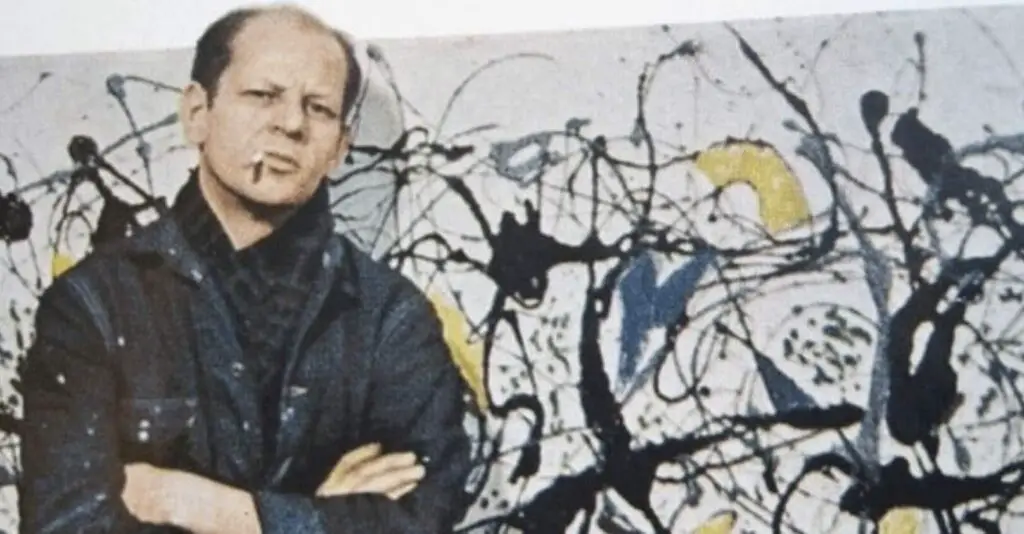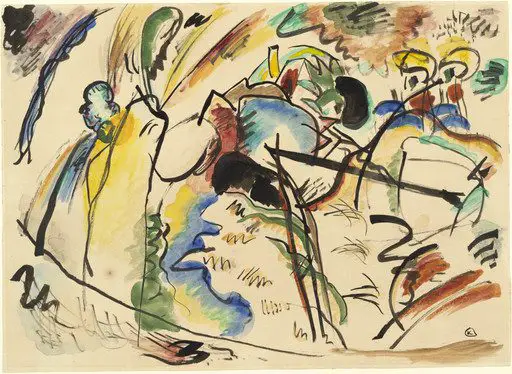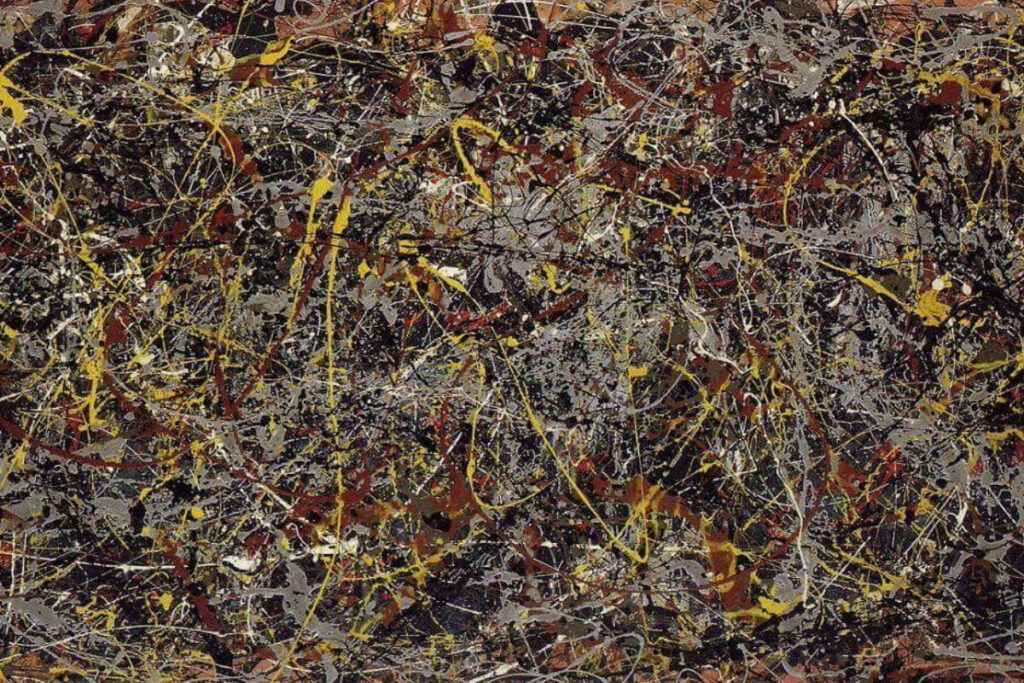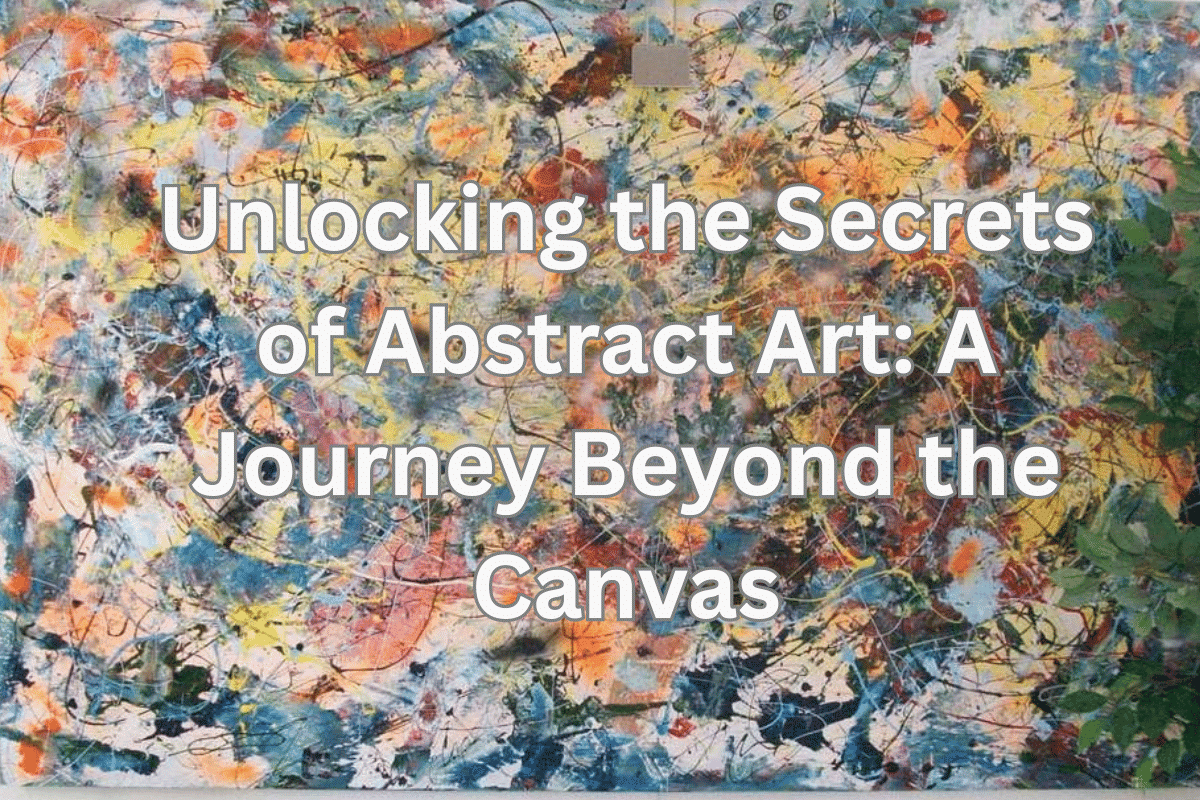Do you ever stare at a canvas of splatters and lines and think, *”What *is* this, exactly?”* You’re not alone. Many people walk into galleries filled with abstract art and feel a wave of confusion wash over them. The chaotic arrangements of colors and shapes can evoke a sense of bewilderment, leading to thoughts like, “I could do that!”
But what if I told you there’s a secret language embedded in every abstract masterpiece, waiting to be decoded? Prepare to have your mind opened and your perception of art forever changed. In this exploration, we’ll dive deep into the world of abstract art, unraveling its hidden codes and emotional depths. This isn’t just about looking at art; it’s about seeing it—understanding the emotional whispers and intellectual shouts that lie beneath the surface. Get ready to transform your appreciation for the seemingly chaotic.
Table of Contents
- Beyond the Canvas: The First Impression
- The Artists’ Secret Code: Deconstructing the Intent
- Training Your Eye: Practical Approaches to Appreciation
- The Universal Connection: Why Abstract Art Still Resonates
- Your Abstract Journey: A New Perspective
- Transforming Your Perspective
- Related Questions
Beyond the Canvas: The First Impression
The Initial Confusion
When confronted with an abstract painting, many people instinctively react with skepticism. “What does it mean?” or “This is just random!” These gut reactions are crucial to understanding the art. They reflect our initial emotional responses, which are often the first step toward deeper engagement.
The phrase, “My kid could do that!” or “I can do that!” captures a common dismissal of abstract art, but this reaction is essential. It highlights our instinct to seek meaning and order in what appears chaotic.
This initial confusion can be a doorway to exploration, prompting viewers to question their perceptions and delve deeper into the artwork.
Breaking Down Common Misconceptions
One of the most common misconceptions about abstract art is that it is merely random splashes of paint. In reality, many abstract works are meticulously crafted, with a hidden order that may not be immediately apparent.
Artists like Wassily Kandinsky and Jackson Pollock employed specific techniques and philosophies that guided their creative processes.
For example, Pollock’s action painting technique involved a dynamic process where he dripped and splattered paint onto the canvas, allowing gravity and motion to dictate the outcome. While it may appear chaotic, there is a method to the madness, with each stroke carrying significance.

The Immediate Emotional Impact
Before we even begin to analyze an abstract piece, we often experience an emotional response. This is a fundamental aspect of art appreciation. How does the painting make you feel? Does it evoke happiness, sadness, confusion, or nostalgia? These feelings are essential to your interpretation and understanding of the work.
By allowing yourself to experience these emotions without judgment, you open the door to a more profound engagement with the artwork. This emotional connection is often where the journey of understanding begins.
The Artists’ Secret Code: Deconstructing the Intent
Pioneering Minds
To truly appreciate abstract art, it’s essential to explore the intentions behind the artists’ choices. Artists like Kandinsky believed in synesthesia—the idea that one sense can trigger another, such as seeing colors when hearing music. For him, art was a means of expressing the spiritual and emotional experiences of life.
Jackson Pollock, on the other hand, embraced the concept of action painting, where the act of painting itself became part of the artwork. His splatters and drips were not just random; they were a record of his physical movements and emotional state during the creative process.

The Language of Elements
Abstract art relies heavily on a language of elements—color, line, shape, and texture—that conveys meaning beyond literal representation. Understanding color theory can significantly enhance your appreciation.
For instance, warm colors like red and yellow often evoke feelings of warmth and energy, while cool colors like blue and green can instill calmness or sadness.
Lines and shapes also play a crucial role; sharp angles may suggest tension or aggression, while soft curves can evoke feelings of comfort and tranquility. By decoding these elements, you can begin to unravel the layers of meaning embedded in abstract compositions.

The Emotional Blueprint
Artists often embed specific feelings, narratives, or ideas within their works without relying on literal representation.
For example, Mark Rothko’s color fields are designed to evoke deep emotional responses through the use of color and scale. The simplicity of his compositions belies the complexity of the emotions they can evoke.
By understanding the emotional blueprint behind these works, you can appreciate the depth and nuance of abstract art. It’s not just about what you see; it’s about what you feel and how the artwork resonates with your own experiences.
Training Your Eye: Practical Approaches to Appreciation
Guided Visual Exercises
To truly appreciate abstract art, it’s helpful to engage in guided visual exercises. Start by looking for repetition, contrast, balance, and movement within a piece. Ask yourself questions like:
- What colors stand out to you?
- How do the shapes interact with one another?
- Is there a sense of harmony or discord in the composition?
These questions can help you focus your attention and enhance your understanding of the artwork.
Exploring the Context
Understanding the historical and social climate that birthed abstract movements can also deepen your appreciation. Abstract art emerged in the early 20th century as a response to the rapidly changing world, influenced by advancements in technology, psychology, and philosophy. Artists sought to break free from traditional constraints and explore new forms of expression.
By exploring the context in which these works were created, you can gain insights into the artists’ motivations and the broader cultural conversations they were engaging with.

Listening to Your Gut
Your personal experiences and perspectives shape your interpretation of abstract art. Trust your instincts; there’s no single “right” answer.
Your understanding is valid, and sharing your thoughts can lead to enriching discussions. Engage with friends or fellow art enthusiasts and explore how different backgrounds and experiences influence interpretations.
The Universal Connection: Why Abstract Art Still Resonates
Beyond Representation
One of the most compelling aspects of abstract art is its ability to tap into universal human emotions and experiences. Unlike representational art, which often confines meaning to specific subjects, abstract art invites viewers to explore their interpretations. This openness allows for a broader range of connections and reflections.
The Power of Ambiguity
The ambiguity inherent in abstract art is what makes it uniquely engaging. By leaving space for interpretation, artists encourage viewers to bring their own experiences and emotions into the dialogue. This interaction transforms the viewing experience into a personal journey, where each individual can find their meaning.
Its Impact on Contemporary Culture
Abstract principles are pervasive in contemporary culture, influencing everything from graphic design to architecture. The minimalist aesthetic often seen in modern design draws heavily from abstract art, showcasing the lasting impact of these movements. By recognizing these connections, you can appreciate the relevance of abstract art in today’s world.
Your Abstract Journey: A New Perspective
Empowering Your Own Interpretation
As you embark on your journey through abstract art, remember that your interpretation is valid. There’s no singular meaning to any piece; rather, it’s a reflection of your thoughts and feelings. Embrace this freedom, and allow yourself to explore the depths of your understanding.
How to Talk About Abstract Art
When discussing abstract art, approach the conversation with confidence. Share your thoughts and feelings about a piece, and encourage others to do the same. Engaging in dialogue can lead to new insights and a richer appreciation of the artwork.
The Ongoing Dialogue
I encourage you to explore local galleries and engage with abstract art firsthand. Attend exhibitions, participate in discussions, and immerse yourself in the art community. The more you engage with abstract art, the more you’ll uncover its secrets and deepen your appreciation.

Transforming Your Perspective
Abstract art is not a realm of chaos and randomness; it is a rich tapestry of emotions, experiences, and ideas waiting to be explored. By decoding the hidden language of abstract masterpieces, you can transform your perception and appreciation of art.
So the next time you find yourself standing before a canvas of splatters and lines, take a moment to breathe, engage with your feelings, and explore the layers of meaning that lie beneath the surface.
Your journey into the world of abstract art has just begun, and the secrets waiting to be uncovered are boundless. Embrace the complexity and let it resonate within you, for in doing so, you unlock not only the mysteries of the artwork but also a deeper understanding of yourself.
Deep Dive Podcast – My Kids Could Do This Prespective
Listen to our podcast on Abstract Art:
Anita Louise Art is dedicated to art education, great artists, and inspiring others to find and create their art. We love art that uplifts and inspires. #ArtToMakeYouSmile! #ArtToMakeYouHappy!
If you are interested in seeing any of my art, you can find out more by clicking here. If you are interested in what inspires me and my paintings, you can discover more by clicking here.
We have a free newsletter and would love you to be part of our community; you can subscribe to the newsletter by clicking here. I would be happy to talk to you if you have any questions. You can reach me, Anita, by clicking here.
Subscribe to our Anita Louise Art YouTube Channel filled with great videos and information by clicking here.
Join us for our podcast “5 Minutes With Art.” Spend 5 minutes a week with us to discover and learn about great art and artists. You can find out more about our podcast by clicking here.
Related Questions
What is Art? What Does Art Mean To You?
Art is about the human creative skills and imagination that usually come out in a creative visual form; art such as painting, sculpturing, and photography are all visual art forms. Art should matter to society as it is through art that the creator of the art and the viewer of the art can gain new and rich understandings bout themselves, their lives, history, and society.
By clicking here, you can learn more by reading What is Art? What Does Art Mean To You?
Why Do People Say, ”Life Is Like Drawing Without An Eraser?
Many times, artists, myself included, will use an eraser to remove any marks or measurements we may have made on a paper to measure out and organize their drawings or artwork on their canvas or paper. For most artists having a good eraser is essential.
By clicking here, you can learn more by reading Why Do People Say, ”Life Is Like Drawing Without An Eraser?
Meaning Of “Art Speaks Where Words Are Unable To Explain”
“Art speaks where words are unable to explain” means that words, even though very powerful, and not always able to convey the message as Art can convey it. Words are powerful, but an image or piece of art can be much more potent than the spoken or written word.
By clicking here, you can learn more by reading Meaning Of “Art Speaks Where Words Are Unable To Explain”.

